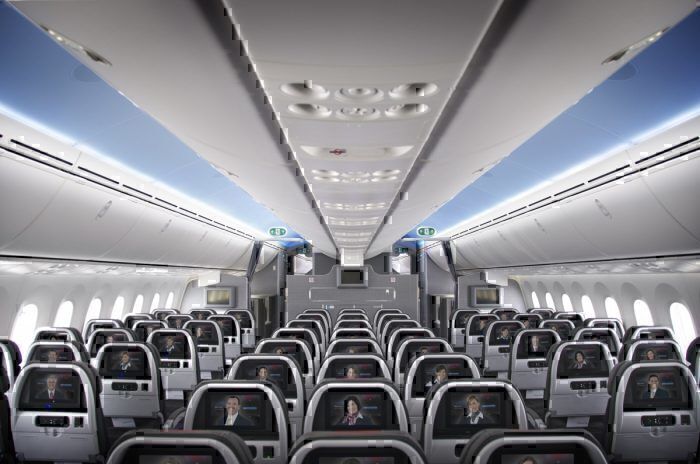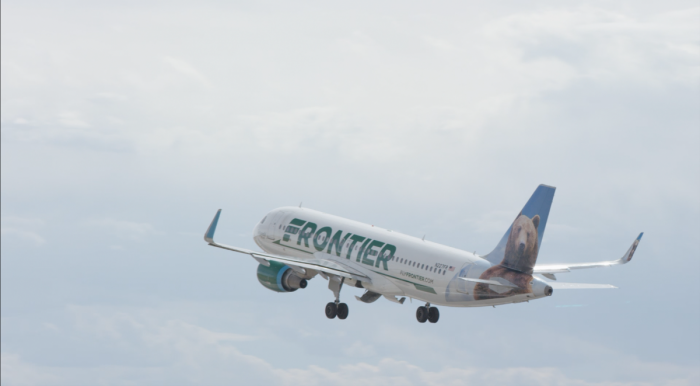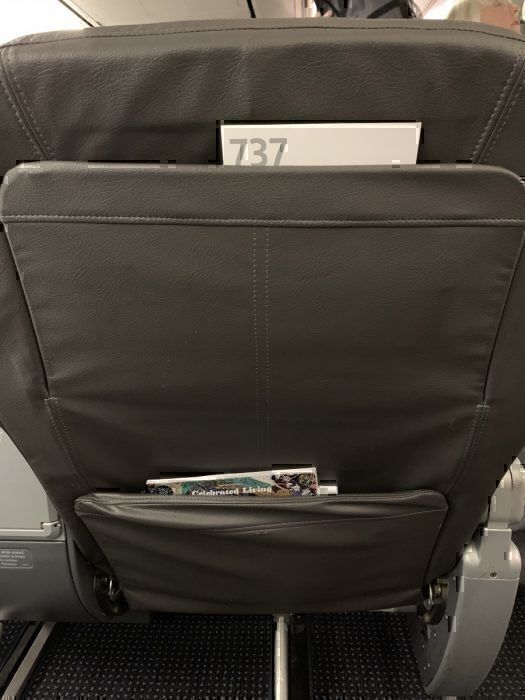Picture this: you get off a late-night flight, collect your bags, and are off to your hotel when you search for a phone or tablet and realize that you left it onboard the aircraft. And suddenly, you’re thrust into the world of aircraft lost and found.
Lost items on an aircraft
Aircraft lost and found should be simple enough. So long as you have a boarding pass and know your seat number, an airline should be able to track your belongings. Or else, if a trusty member of the service team catches the items, they can report it to the airline. Who, barring any seat swap, should be able to track you down and return your belongings.
But, this doesn’t always happen. In some cases, the item goes unnoticed during an aircraft cleaning (if it even is cleaned) and ends up traveling with the aircraft. It could then be discovered in another city causing some confusion over where the item originated. Or else, the item could be confused with someone else’s belongings and end up in another person’s hands. No matter which happens, the item just ends up further and further away from you.
Airline lost and found policies
Every airline then has policies related to lost item tracking. airBaltic, for example, sends items left onboard to the lost and found department of the arrival airport. Then there is a 90-day holding period. After this, the item moves on to charity or is destroyed.
Spirit Airlines follows a similar policy of leaving items found onboard at the destination airport where the belongings are found. Frontier Airlines, meanwhile, sends all belongings found onboard to a central location for processing. Regardless, all airlines require a kind of report to be filed by the person whose items are missing.
Unclaimed baggage or items left in lost and found usually end up either in charity or in a place for sale. In the United States, one such place is the Unclaimed Baggage Center in Scottsboro, Alabama.
Overall
Ultimately, the onus is on the passenger who lost the belongings to make an effort to be reunited with their items. Airlines, despite having the passenger information, do not tend to be proactive in this situation.
Passengers can minimize the risk of leaving items onboard by packing up earlier rather than later. Flight attendants, during descent, usually announce when larger items such as laptop computers must be stowed for landing. This is an opportune time to gather all of your loose belongings and compile them into your carry-on items.
Have you ever lost an item on an aircraft? What was your experience like? Let us know in the comments!




